Veep shared 6 steps to sanitizing and disinfecting a fish processing plant
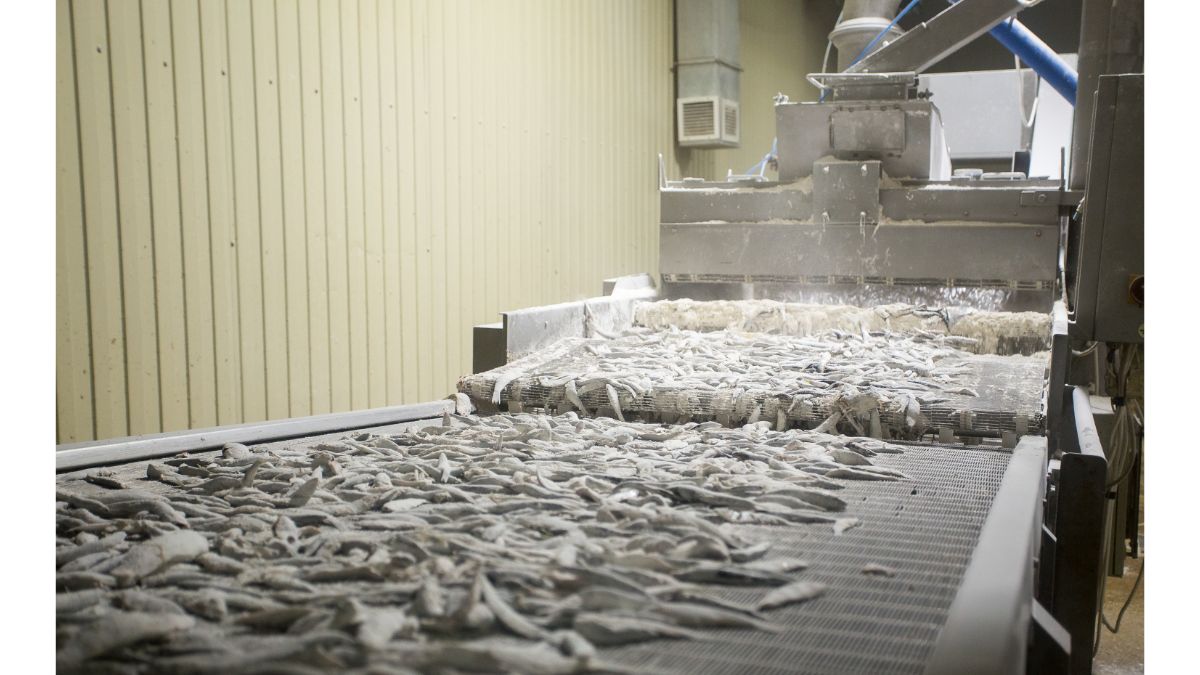
Ecuador. According to Veep, an organization that offers institutional cleaning solutions, fish processing plants are popular due to the high demand for seafood and, due to their specific requirements, have some peculiarities when it comes to ensuring their sanitation.
"Fish-focused facilities require more attention than others, because fish have special storage needs, which makes sanitation at fish processing plant facilities even more critical."
For the cleaning company due to the popularity of seafood, the need for fish processing plants has increased significantly. At the same time, he notes that fish plants "handle more water than other food processing plants, raising concerns about bacteria and contamination within facilities."
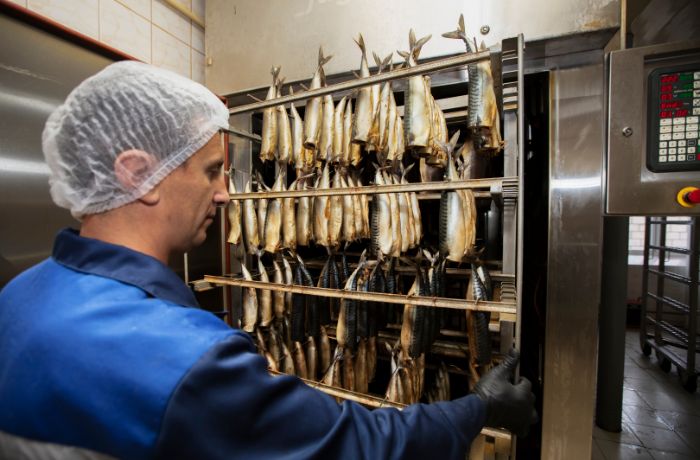
Here are the steps Veep recommends to help ensure maximum sanitation levels and "prevent a serious crisis" stemming from the proliferation of bacteria in seafood meat.
1. Promote water safety
"Water used for food and food contact surfaces, ice production and separation of drinking and non-potable water sources is vital for facility sanitation." Hence, Veep indicates that all water must come from approved sources to ensure that it is safe for food and human consumption.
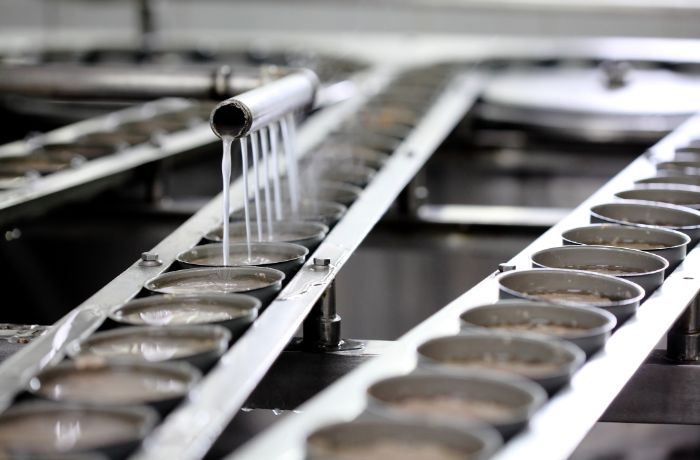
Monitoring is a vital component of water security to ensure that drinking water sanitation levels remain constant and that cross-connections do not lead to contamination.
2. Guarantee the conditions of sanitation of surfaces in contact with food
For Veep, anything that comes into contact with food products during production counts as a food contact surface. Therefore, at this point the recommendation is to keep these surfaces clean to minimize the potential for them to need repairs or replacement.
"To make sure you don't damage the surface, you need to look at what products you use and the concentration level of the chemicals. The easiest way to avoid problems is to choose a material like stainless steel, which is resistant to bacteria and corrosion."
Another strategy to develop is to inspect surfaces regularly, "including gloves and outerwear, to make sure they are in good condition, clean and protecting employees." In general, for the food industry it is important to review the use of cleaners and disinfectants, "test the chemical levels of the products to make sure they are not too strong."
3. Keep in excellent condition and maintain the hygiene areas of employees
In Veep's words, "employee hygiene is a fundamental part of any food processing plant." That is why the promotion of hand washing, hand sanitizing and sanitary facilities are necessary to help maintain hygiene in fish processing facilities.
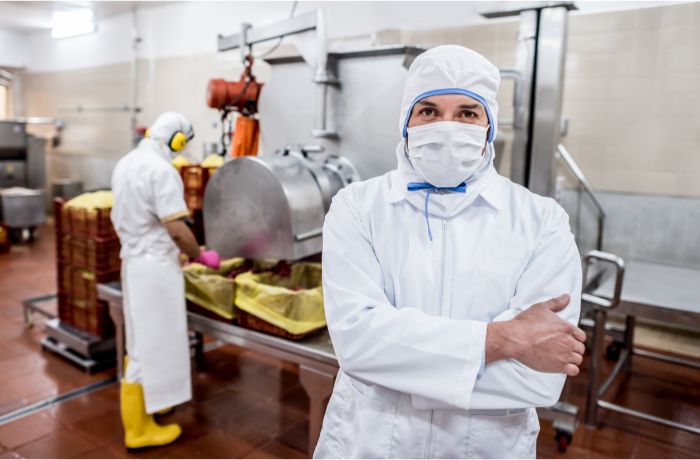
The desirable thing for the company is to "routinely monitor the condition of these facilities, making sure they are clean and functioning properly." This includes repairing non-functioning toilets, keeping all necessary supplies restocked, and making sure hand sanitizer reaches the necessary concentration levels.
"Have someone familiar with the requirements evaluate all of these areas to make sure nothing is overlooked."
4. Store, label and use toxic materials correctly
Something relevant for Veep is to take into account the toxic chemicals that are kept in the facilities, such as cleaners, disinfectants, insecticides and lubricants for the equipment, such products necessary for the operation, "but it is vital to take the proper precautions to ensure that the fish and the production area remain safe and free of harmful chemicals."
Hence, all chemicals must be organized, classified, stored and labeled correctly. "Containers must be durable enough to handle chemicals, especially if they are corrosive, and labels must be clear, with name, manufacturer information and instructions for use. These chemicals should also be kept away from food products and production equipment to avoid potential contamination or other damage."
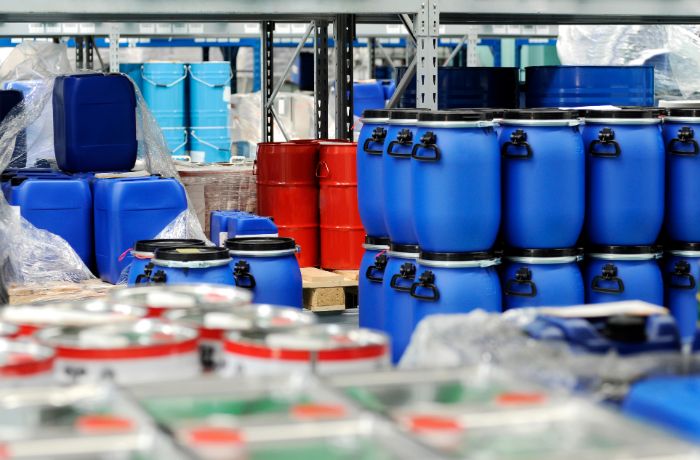
5. Control pests
Veep indicates that pests are more than just rodents, including birds, insects and other animals. "Any pest within a facility is incredibly problematic. They can create pollution, spreading bacteria like Salmonella, Staphylococcus and Listeria, to name a few." In addition, such pollution can lead to a significant loss of revenue and damage the reputation of the company.
The indicated step is to ensure that there are no entry points for pests and ensure the existence of deterrents outside the premises, as well as avoid leaving these food that may attract their presence.
"Even with preventative measures in place, it is important to conduct regular inspections to ensure the facility remains pest-free and take appropriate action if there are any concerns, to avoid a serious infestation."
6. Have a sanitary drainage system
Floor drainage is a critical part of sanitation at the fish processing plant facility, according to Veep. "These systems help with water safety by preventing water from accumulating in the soil, eliminating the risk of bacteria growth. By keeping floors clean, drains also help with pest control."
The technical recommendation is to have the slot drain of the 10,000 series of industrial strength of FoodSafe Drain "because it is the perfect complement to any installation". In addition, it suggests the use of a drain with seamless design "with NSF-certified T304 or T316 stainless steel."
In addition, "a gridless design means inspectors can look at the drain without anything blocking their view; It also makes maintenance much easier, especially with the inclusion of an on-site cleaning system."
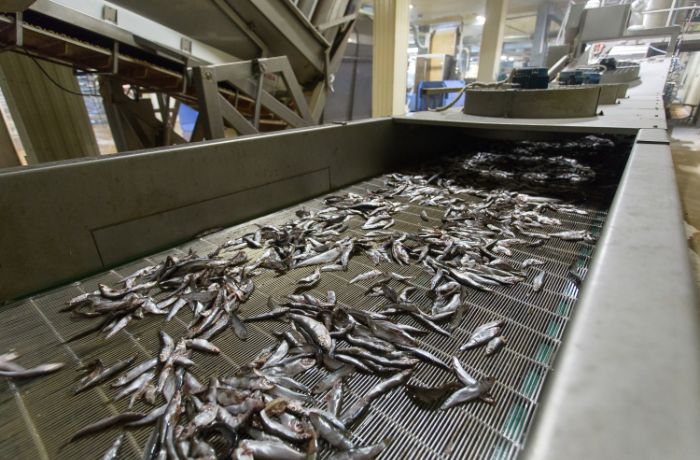
The ultimate goal is to keep fish processing facilities clean
Veep says no one wants to risk contamination in any food processing facility. "Take appropriate measures to ensure that a disinfected facility will create a safe environment for producing food products for the public."
Finally, the general recommendation of the organization is that "the better you maintain your facilities, the better the products you produce and there will be less risk of contamination."



